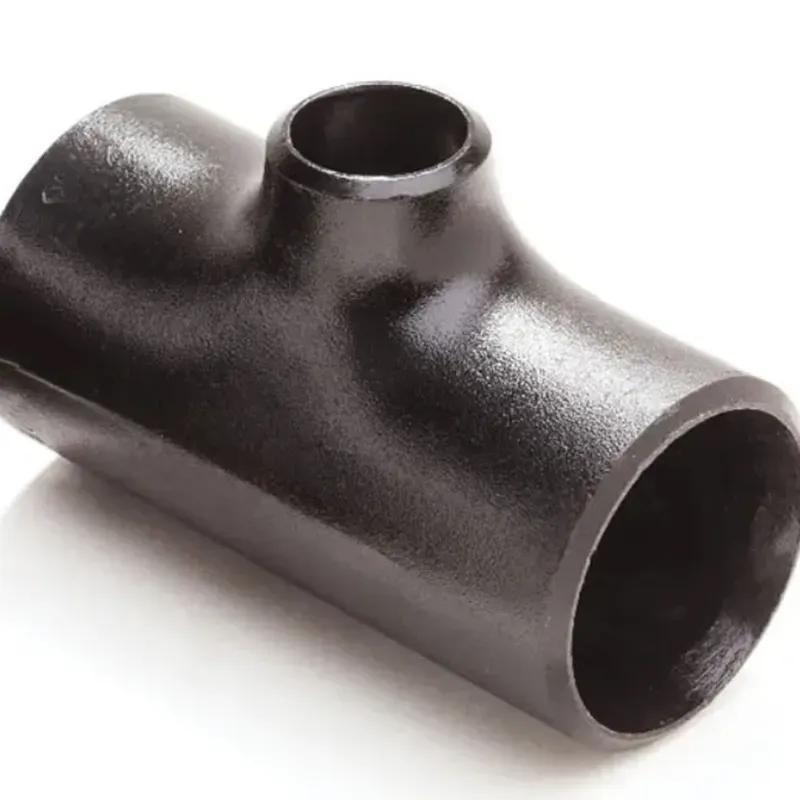-
Cangzhou Yulong Steel Co., Ltd.
-
Phone:
+86 13303177267 -
Email:
admin@ylsteelfittings.com
- English
- Arabic
- Italian
- Spanish
- Portuguese
- German
- kazakh
- Persian
- Greek
- French
- Russian
- Polish
- Thai
- Indonesian
- Vietnamese
- Zulu
- Korean
- Uzbek
- Hindi
- Serbian
- Malay
- Ukrainian
- Gujarati
- Haitian Creole
- hausa
- hawaiian
- Hebrew
- Miao
- Hungarian
- Icelandic
- igbo
- irish
- Japanese
- Javanese
- Kannada
- Khmer
- Rwandese
- Afrikaans
- Albanian
- Amharic
- Armenian
- Azerbaijani
- Basque
- Belarusian
- Bengali
- Bosnian
- Bulgarian
- Catalan
- Cebuano
- China
- China (Taiwan)
- Corsican
- Croatian
- Czech
- Danish
- Esperanto
- Estonian
- Finnish
- Frisian
- Galician
- Georgian
- Kurdish
- Kyrgyz
- Lao
- Latin
- Latvian
- Lithuanian
- Luxembourgish
- Macedonian
- Malgashi
- Malayalam
- Maltese
- Maori
- Marathi
- Mongolian
- Myanmar
- Nepali
- Norwegian
- Norwegian
- Occitan
- Pashto
- Dutch
- Punjabi
- Romanian
- Samoan
- Scottish Gaelic
- Sesotho
- Shona
- Sindhi
- Sinhala
- Slovak
- Slovenian
- Somali
- Sundanese
- Swahili
- Swedish
- Tagalog
- Tajik
- Tamil
- Tatar
- Telugu
- Turkish
- Turkmen
- Urdu
- Uighur
- Welsh
- Bantu
- Yiddish
- Yoruba

Dec . 21, 2024 00:12 Back to list
steel welded pipe
Understanding Steel Welded Pipes A Comprehensive Overview
Steel welded pipes are a cornerstone of modern construction and manufacturing, playing a crucial role in various industries, including oil and gas, water supply, and structural engineering. These pipes are created by welding together flat sheets of steel, forming a continuous cylindrical tube. This article delves into the characteristics, advantages, applications, and manufacturing processes of steel welded pipes.
Characteristics of Steel Welded Pipes
Steel welded pipes come in a variety of sizes, thicknesses, and grades, making them versatile for different applications. The manufacturing method employs either electric resistance welding (ERW) or submerged arc welding (SAW), depending on the specifications required. The choice of welding technique affects the pipe's strength, flexibility, and overall performance.
One key characteristic of welded pipes is their uniform quality. Unlike seamless pipes, which are forged from a solid billet, welded pipes are produced through a standardized process. This results in consistent dimensions and mechanical properties, which are vital in industries where precision is paramount.
Advantages of Steel Welded Pipes
1. Cost-Effectiveness Welded pipes are generally more economical to produce than seamless pipes. The manufacturing process allows for higher productivity and reduced material wastage, translating to lower prices for consumers.
2. Variety of Sizes Welding technology permits the production of pipes in a wide array of diameters and wall thicknesses. This flexibility makes welded pipes suitable for both small-scale and large-scale applications.
3. High Strength The quality of the weld joint plays a crucial role in the overall strength of the pipe. Modern welding techniques ensure that the joints are as strong as the surrounding material, contributing to the pipe's durability and reliability.
4. Ease of Fabrication Steel welded pipes can be easily cut, shaped, and manipulated, allowing for custom designs tailored to specific project needs. This adaptability is particularly beneficial in construction and manufacturing where unique dimensions may be required.
Applications of Steel Welded Pipes
steel welded pipe

The applications of steel welded pipes are extensive and diverse. In the oil and gas industry, they are used for transporting crude oil, natural gas, and refined products due to their strength and resistance to pressure. In municipal water systems, welded pipes are favored for water supply lines and sewage systems, ensuring efficient transport while withstanding environmental stresses.
Additionally, in structural applications, they are utilized in the fabrication of frames, scaffolding, and other support structures. Their lightweight yet sturdy nature allows engineers to design safe and efficient buildings and infrastructure.
Manufacturing Process
The manufacturing process of steel welded pipes involves several key steps
1. Plate Preparation Steel plates are cut to the desired width; the edges may be beveled to prepare for welding.
2. Forming The flat plates are then rolled into a cylindrical shape.
3. Welding The edges of the cylindrical steel are welded together using ERW or SAW methods. This creates a continuous pipe with a strong, reliable seam.
4. Testing and Inspection After welding, the pipes undergo rigorous testing to ensure they meet industry standards for strength, flexibility, and resistance to leaks.
5. Finishing Finally, the pipes are coated or treated to prevent corrosion, further enhancing their longevity.
In conclusion, steel welded pipes are indispensable in numerous industries due to their cost-effectiveness, versatility, and strength. As technology progresses, the methods of production and the applications of these crucial materials continue to evolve, driving innovation and efficiency across various sectors. Understanding the properties and capabilities of steel welded pipes is essential for professionals involved in construction, manufacturing, and infrastructure development, as they play a vital role in supporting modern society.
Latest news
-
ANSI 150P SS304 SO FLANGE
NewsFeb.14,2025
-
ASTM A333GR6 STEEL PIPE
NewsJan.20,2025
-
ANSI B16.5 WELDING NECK FLANGE
NewsJan.15,2026
-
ANSI B16.5 SLIP-ON FLANGE
NewsApr.19,2024
-
SABS 1123 FLANGE
NewsJan.15,2025
-
DIN86044 PLATE FLANGE
NewsApr.19,2024
-
DIN2527 BLIND FLANGE
NewsApr.12,2024
-
JIS B2311 Butt-Welding Fittings LR/SR 45°/90° /180°Seamless/Weld
NewsApr.23,2024











